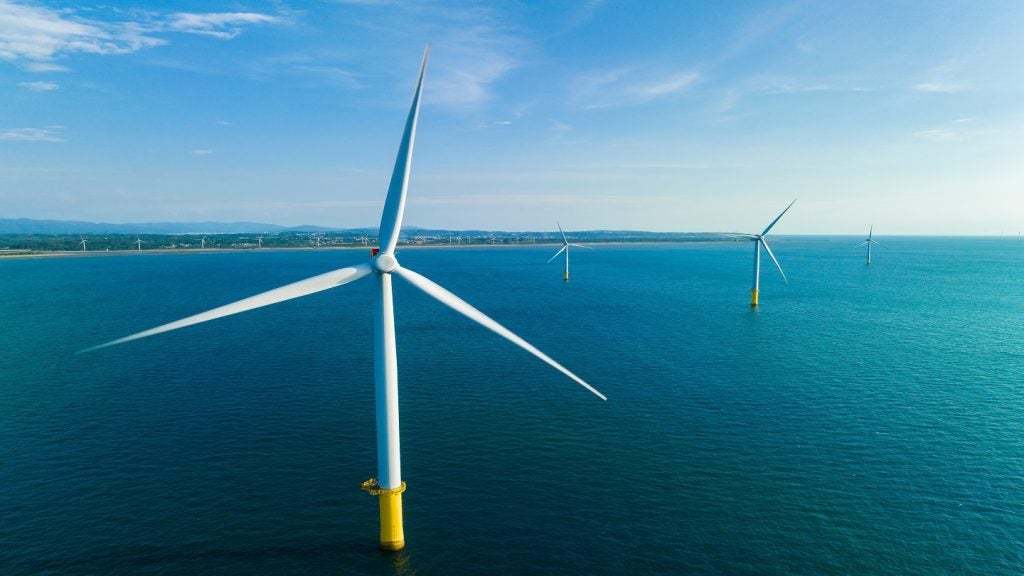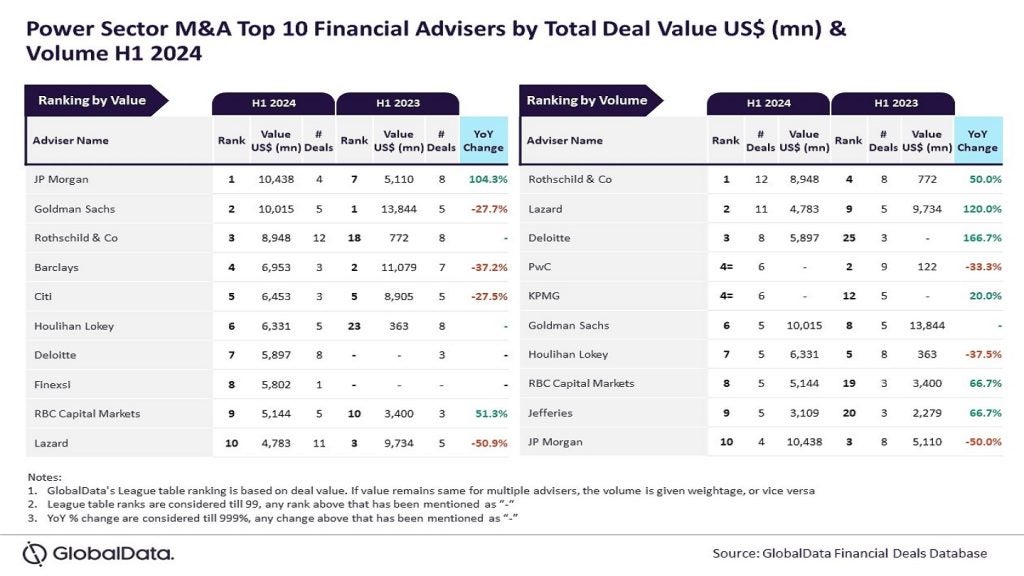
At PowerGen Asia this year, Christoph Kwintkiewicz and Allan Mountain of New Zealand’s Key Energy outlined the extra profits from improving energy performance in Palm Oil Mills. Replacing inefficient burners with modern biomass CHP cuts emissions and feeds surplus power into the grid. But where actual application is concerned, it’s the same old story. Although repeatedly technically and economically proven – and perhaps the most secure of investments – companies
routinely ignore them. They look only at short-term profit, which means this year’s costs.
Kwintkiewicz and Mountain see feed-in tariffs as the answer. Alongside saving energy bills, these guarantee companies an income. Last year, Key Energy’s paper for the New Zealand government summarised the arguments powerfully. What also gives feed-in tariffs a universal appeal is that the advantages can be found across the board from Palm Oil Mills to wood burning, solar and other alternative energy projects.
No ‘subsidy’
Feed-in tariffs are not – as sometimes labelled – a subsidy. Instead, Kwintkiewicz and Mountain say they simply correct market failures. Conventional accounting ignores ‘real costs’ like future energy bills, let alone associated carbon emissions and other environmental degradation. Day-to-day this is how companies have to operate but it is apparently no basis for investment decisions.
With feed-in tariffs a whole range of efficient technologies become profitable that can make many factories carbon neutral. The calculations are easy with virtually no administration as meters simply get read and producers get paid. They encourage local treatment of waste and bring local employment. Most importantly the system is fair – people pay for the electricity they use and conversely get paid for the electricity they generate.
The tariff should more than cover the costs since there are benefits for the network too. Smaller generators are a key part of an energy mix, balancing large central generating plants with their attendant transmission costs and losses. Local generation increases network stability and can postpone or even avoid expensive network upgrades altogether.
How well do you really know your competitors?
Access the most comprehensive Company Profiles on the market, powered by GlobalData. Save hours of research. Gain competitive edge.

Thank you!
Your download email will arrive shortly
Not ready to buy yet? Download a free sample
We are confident about the unique quality of our Company Profiles. However, we want you to make the most beneficial decision for your business, so we offer a free sample that you can download by submitting the below form
By GlobalDataFeed-in tariffs are much more effective than costly and over-bureaucratic carbon trading (although that is not difficult). There are no complex and expensive surveys, analyses, approvals, monitoring or management. With carbon credits, the winners are the consultancies, traders and big businesses who can play the market. And feed-in tariffs are even better than simple capital subsidies because payment is on results. They were pioneered with
great success in Germany and have now been enacted by more than 30 other countries.
Germany’s feed-in law
Germany’s feed-in law greatly increased small to medium size distributed generation. Between 2000 and 2004, the country almost doubled renewable energy production to 37,000GWh. Renewables are now a significant and sustainable proportion of Germany’s energy, even allowing the Government to phase out nuclear power generation by 2021. The price paid reduces over time but compensates both producers and investors.
Germany even gained an unexpected benefit when in the hot summer of 2006 renewable energy plants kept working while thermal and even nuclear stations could not discharge their hot cooling water and had to cut output. This meant that widespread blackouts were avoided.
The experience in Germany, which then spread to Thailand and elsewhere is that feed-in tariffs instantly kick-start power production projects. And – as important as all the above – they also encourage energy efficiency because cutting energy waste now has a double benefit. It adds directly to company income, too.







